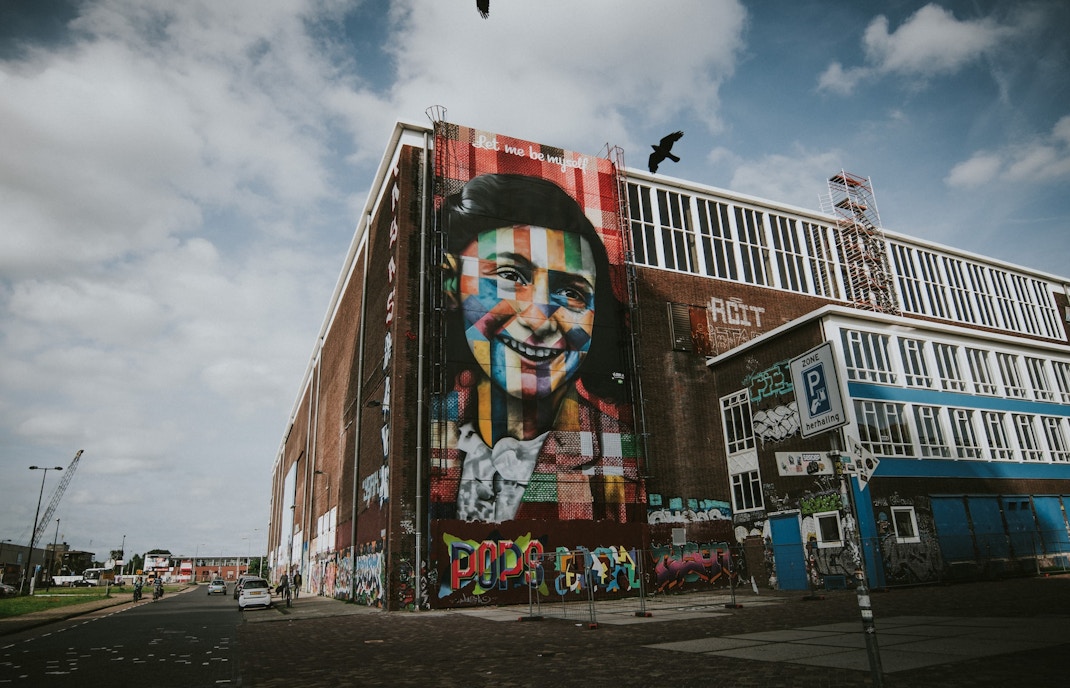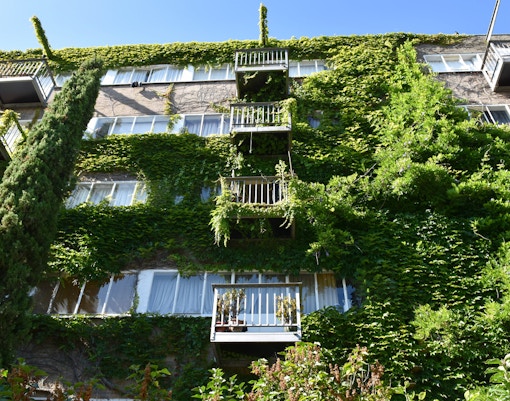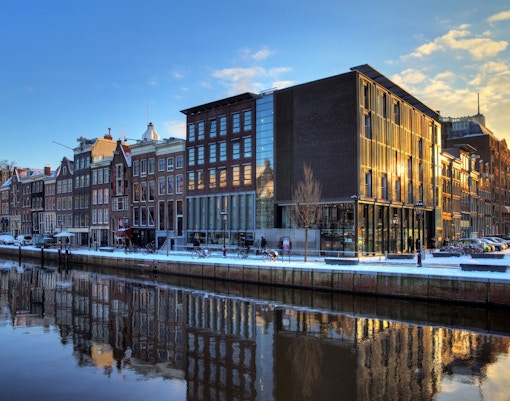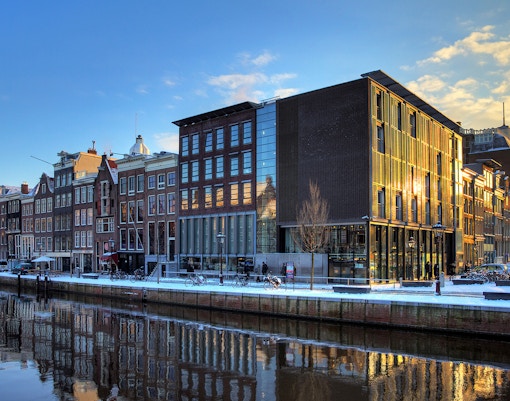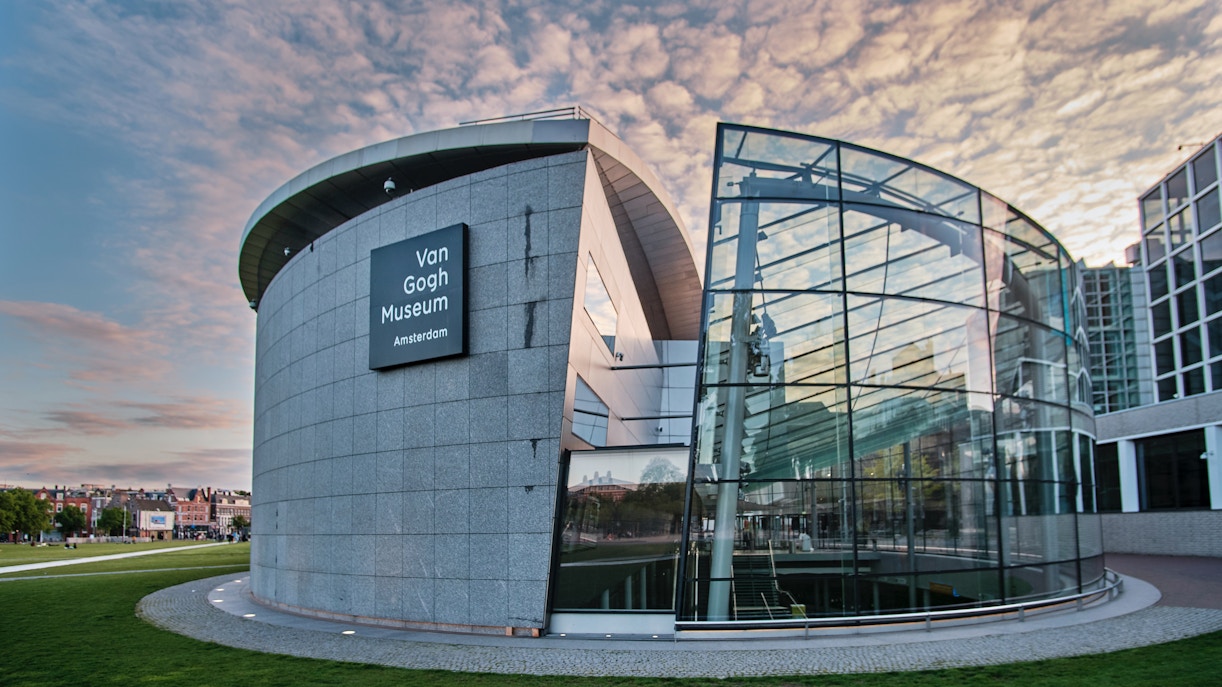A German-Dutch diarist of Jewish heritage, Anne Frank moved to Amsterdam with her family in 1933.
In 1942, she, along with her family, went into hiding when Jewish deportations from Holland began. She was only 13 at the time. For two years, the Frank family, along with four others, lived in hiding until they were discovered by the Gestapo in 1944 and sent to concentration camps.
In November 1944, Anne arrived with her sister Margot in Bergen-Belsen, where she fell ill and died of typhus in March 1945.



